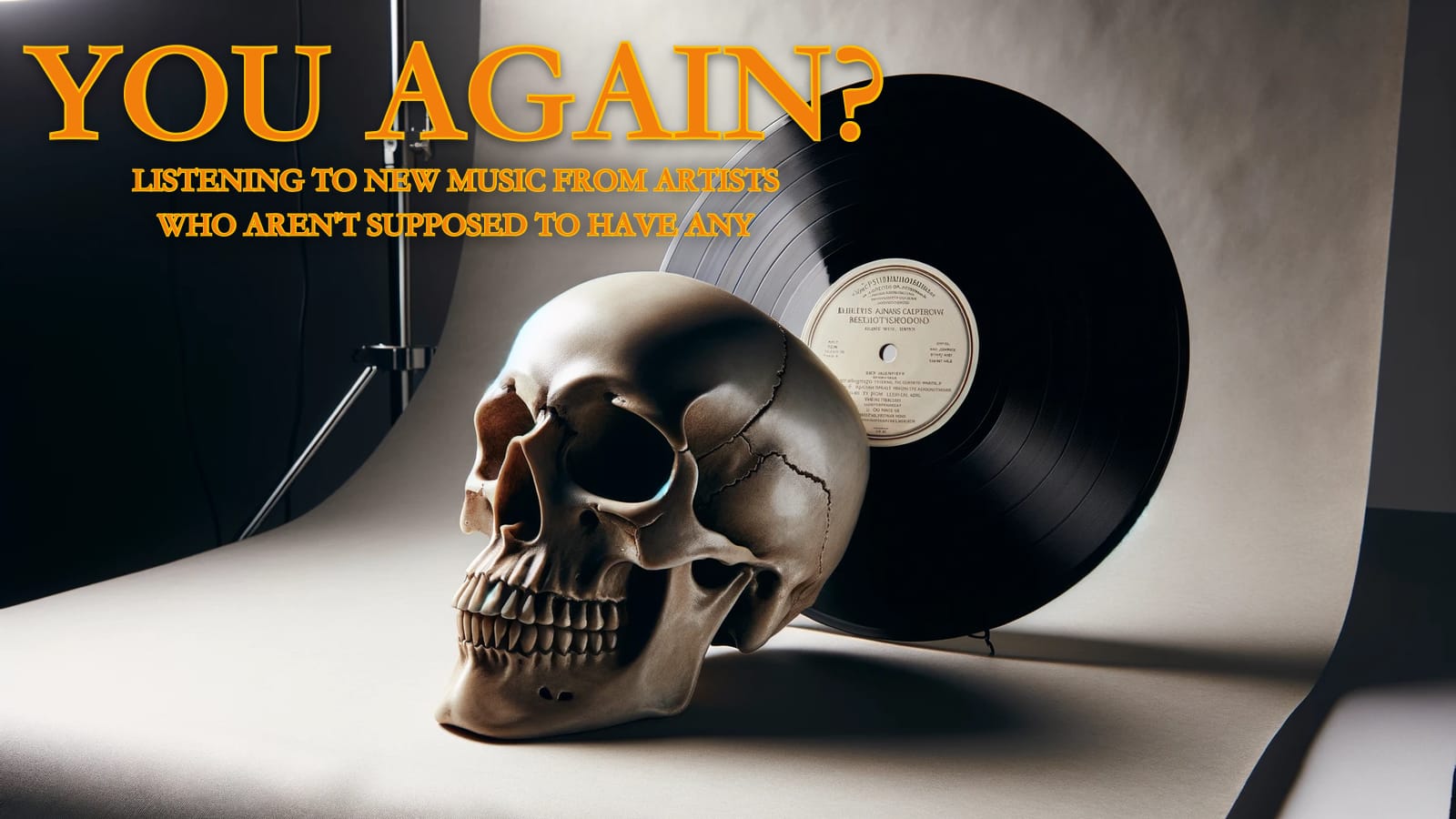You Again?: Sawyer Brown, "Desperado Troubadours"
It's like the early '90s never ended

You can't read or write about rock music for more than a couple of weeks without being handed a reason to relitigate the Great Career Die-Off of the Early '90s, when the comet of grunge struck the charts and a whole bunch of previously platinum acts suddenly fell out of fashion and blah blah blah you already know all of this. What's still kind of interesting, though, is how much attention is traditionally paid to the way all this impacted the AOR format, and how little is often paid to its effects on mainstream country music.
Much like rock, country was in a time of transition as the '80s clicked over into the '90s. With the Urban Cowboy-era crossover success of artists like Kenny Rogers firmly in the rearview mirror, and a rising wall between trad acts like Willie Nelson and the upper reaches of the Top 200 Albums chart, a sales vacuum opened, leaving room for younger performers with a new approach to an established sound. That wave started to break toward the mid-'80s with the arrival of Lyle Lovett, Foster & Lloyd, and the like; by the end of the decade, it was really making its presence felt with a chart brigade led by Garth Brooks, whose ascension would be fully cemented with the monster success of 1991's Ropin' the Wind.
During Brooks' first flush of mainstream stardom, much was made of the way he tried to bridge the (perceived) gap between rock and country in his stage show, which cribbed unabashedly from the heavily showmanship-dependent AOR playbook — particularly the pages written by Kiss, who he'd ultimately cover for the all-star 1994 Kiss My Ass tribute album. Brooks was a visionary in a number of ways, and this was certainly one of them — not just because it freed up emerging country artists to flirt with rock tropes in more obvious and less self-conscious ways, but because it presaged the looming mass migration of rockers from L.A. and New York to Nashville. All these factors combined to rewrite the rules for modern country, exerting a profound impact on the artificial lines between genres in the process.
